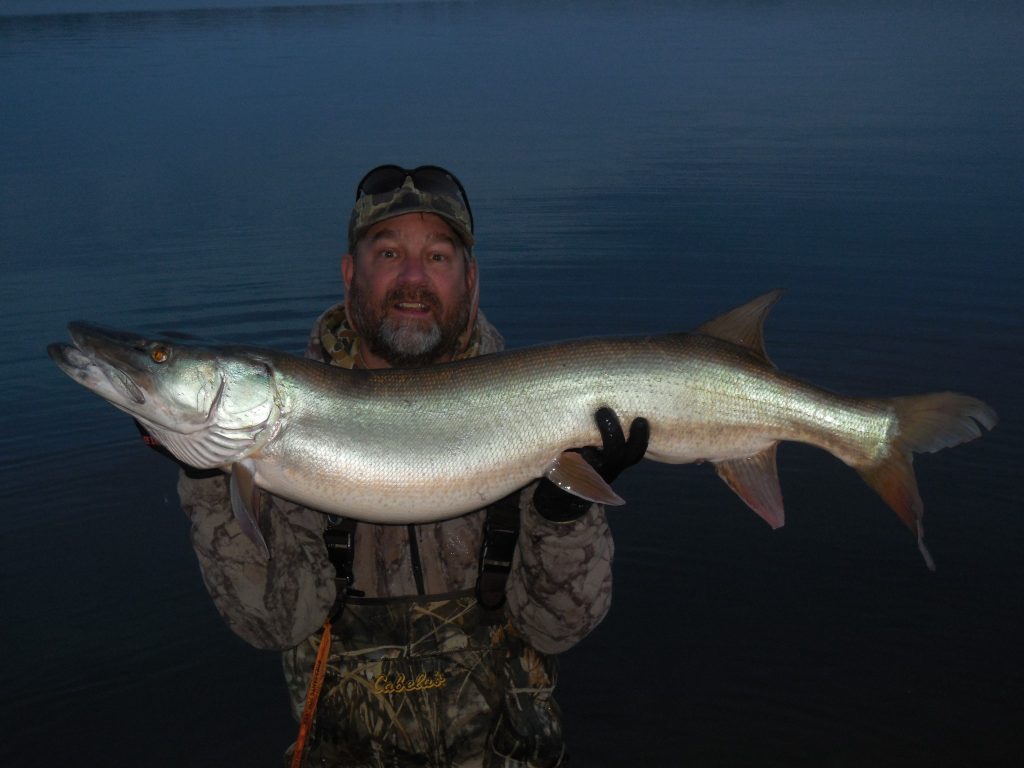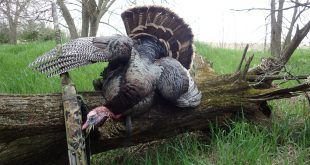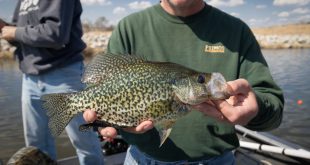I am going to plagiarize myself in this blog post and repeat something I wrote a few years back, back before this whole blogging thing. I will update some figures and so forth, and add some comments, but this originally ran in the January/February 1998 issue of NEBRASKAland magazine.
Determining the value of a fish is difficult. Some anglers see fish and fishing as an integral part of life and might consider fish priceless. Others might set its value based on price per pound, and some might even argue that a price tag can’t be placed on any living creature.
From a purely economic standpoint, value is determined by what a buyer is willing to pay, and from that point of view, some species of fish are quite valuable; surveys show that Nebraska anglers spend about $80 per fishing trip (surely more than that now in 2016!).
Nebraska game laws also place a value on fish so that damages can be assessed when fishing regulations are violated. According to Nebraska law, a game fish is worth $20, but non-game fish are worth nothing at all.
The American Fisheries Society, a professional society of fisheries workers, has developed a manual for biologists who investigate fish kills and assess damages. The AFS manual bases values on the cost of raising a fish to a given size to replace a fish that was killed.
The value, based on species of fish, varies for different regions, but in Nebraska a 6-inch Largemouth Bass was worth $1.81 according to the 2003 manual. A five-pound Common Carp was worth $1.95, a Fathead Minnow eight cents, a two-pound Channel Catfish, $2.58, a 10-inch Rainbow Trout, 98 cents, an 8-inch Bluegill, $2.30, a 10-inch Crappie, $2.10, and a 15-inch Walleye was valued at $9.82 (again, note that those are based on 2003 values and likely are more now).
Since the AFS values are based on the cost of raising a fish, those easier to raise in captivity have the lowest value, no matter what value is given to them by anglers.
In these terms, large game fish become very valuable. An eight-pound Walleye would be worth $62.88, and a one-pound Bluegill, $3.49. A 20-pound, trophy Muskie would cost $202.20 to replace, and the 95-pound Blue Catfish on display at Ak-Sar-Ben Aquarium near Gretna would cost $122.55 to replace, though the replacement cost probably underestimates the value of a once-in-a-lifetime fish. A 12-inch Wiper would be worth $9.90, but if left in the water to reach its potential size of five pounds, the same Wiper would be worth $56.60.
The figures suggest several points. For example the $29.50 cost for a 2016 resident, annual fishing permit and Aquatic Habitat Stamp covers the cost of only a few fish. When an angler harvests 15 eight-inch Bluegills, for example, the replacement cost would be $34.50 if they were replaced the next day with hatchery-raised, eight-inch Bluegills.
Stocking fish also is expensive. Fish such as Wipers, which MUST be produced in a hatchery, are especially expensive. A five-pound Wiper is worth at least $56, according to the AFS.
Maintaining a population by natural reproduction, if possible, is much less expensive than maintaining a population by stocking. The replacement value of a two-inch Walleye is 46 cents. At a stocking rate of 50 Walleye fingerlings per acre, it would cost $69,000 to stock a 3,000-acre reservoir, so projects to improve spawning habitat so populations can maintain themselves may be more cost-effective in the long run.
Anglers should appreciate the costs of producing high-quality recreational fishing and aquatic resources and the value of fish in the frying pan compared to that of fish still swimming in the lake. Each fish an angler catches is a marvelous creature with a value that cannot be measure only in dollars and cents.
Leave ’em with a quote:
Fishing is worth any amount of effort and any amount of expense to people who love it, because in the end you get such a large number of dreams per fish–Ian Frazier, The Fish’s Eye (Farrar, Straus & Giroux)

 Nebraskaland Magazine
Nebraskaland Magazine



